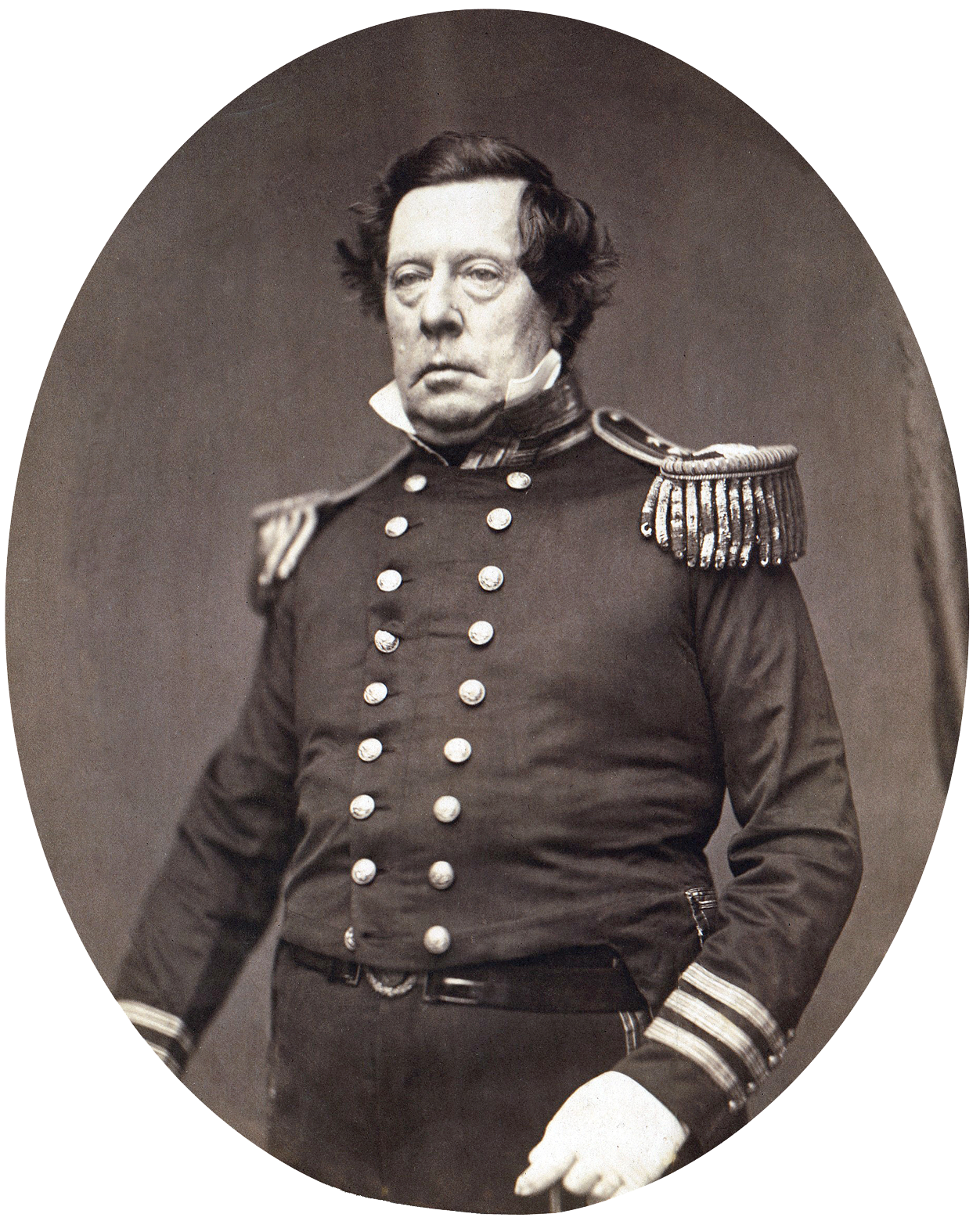The Boshin War
Tensions between the Bakufu and the freshly-energized Loyalists came to a head when a shogunate army was refused entry to Kyoto – then promptly fired upon. The ensuing Boshin War was largely one-sided, with Loyalists gaining repeated victories due to superior arms, tactics, and numbers.





Recent Comments